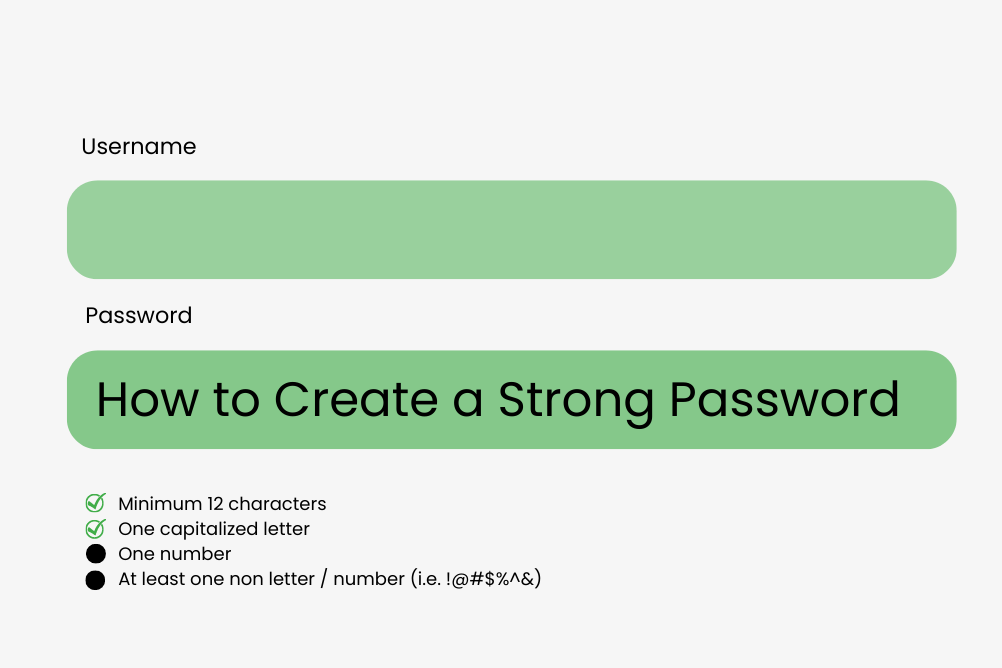INSIDE THIS ARTICLE
Introduction
One of the most common topics in relation to security is passwords. Virtually every account on the internet – from social media to online banking, photo sharing, and email – all require a user-generated password upon registration. Why? Password security measures are put in place to provide authentication and grant access to only those who provide the correct identification via the correct password. Otherwise, account information could get in the wrong hands.
What is a Strong Password?
Passwords should be generated by the user to provide a high level of security. In every instance, the more complex the password, the stronger protection you have. Stronger passwords use randomly generated numbers, letters and varieties of characters in both upper and lower cases. However, these types of passwords are often difficult to remember for the user who created them and can result in authentic users being unable to access their information. Think about how many times you’ve forgotten your password…
Here are 5 tips to create a strong password that may be more easily remembered and less vulnerable to security breaches.
5 Tips to create a strong password
1. Use Pass-Phrases
The most secure passwords are longer ones, another characteristic which makes them harder to remember. One way to generate a longer password that is easier to remember is to use passphrases. You may be asking yourself – what is a passphrase? A passphrase uses a string of sentence-like words that are easy to remember and hard to hack.
Use a phrase, song lyrics or verse that has some significance to you (and that you will remember) to create your password. For instance, ‘HisDmbPP” is a password generated from the first letters in the title of a favourite book, ‘His Dark Material by Phillip Pullman’. Although it is a longer password, the user is more likely to recall it because it relates to something they enjoy. On the other hand, password attackers are less likely to guess it, even if they are familiar with your literary tastes.
2. Include Numbers
A way to incorporate numbers into your passwords is to use mathematical expressions or dates. Tracking numbers to letters and other characters is a great way to increase your security. One way to integrate numbers and letters is to replace parts of a mathematical or numerical expression with letters or words. For instance, the password ‘314159’ could be improved by ‘three+14+oneplus3*3=pie’. This may be difficult to remember for anyone else, but since it is the user’s own interpretation of the integer ‘pie’ they are more likely to recall it.
3. Avoid Obvious Choices
When it comes to creating passwords, there are some pretty obvious components to avoid. For instance do not use personal information like birthdates, pet names or family names. This information may be too available for those who really want access to your accounts. Additionally, avoid using common words or single words with added numbers at the end as these are easy to breach.
4. Do Not Re-use Old Passwords
At least 65% of people re-use passwords across multiple accounts. The obvious benefits include not needing to remember difficult passwords or create new ones. However, cyberattackers are aware of how many people re-use passwords and it gives them leverage when attacking multiple accounts.
It’s important to avoid re-using old passwords. By re-using passwords, you are opening yourself up to credential stuffing attacks which take leaked passwords from one site/service to another. Imagine the fear of losing important data from one account… now imagine stolen data from several.
5. Use Password Generators
There are a lot of factors involved in creating a strong password. If you find it impossible to come up with a secure password, there are password generators available for free on the web that will create a strong password for you. The only challenge then is remembering it.

